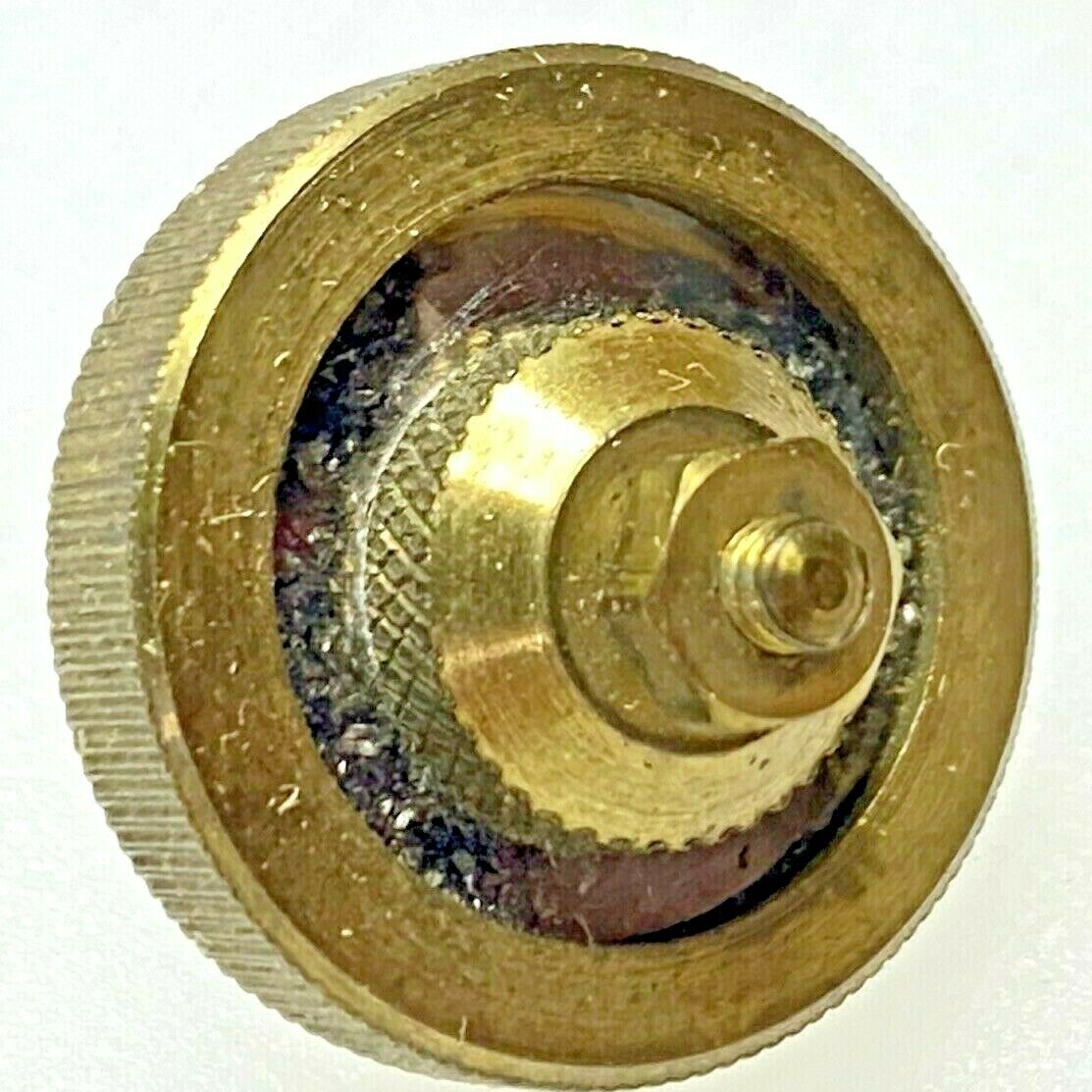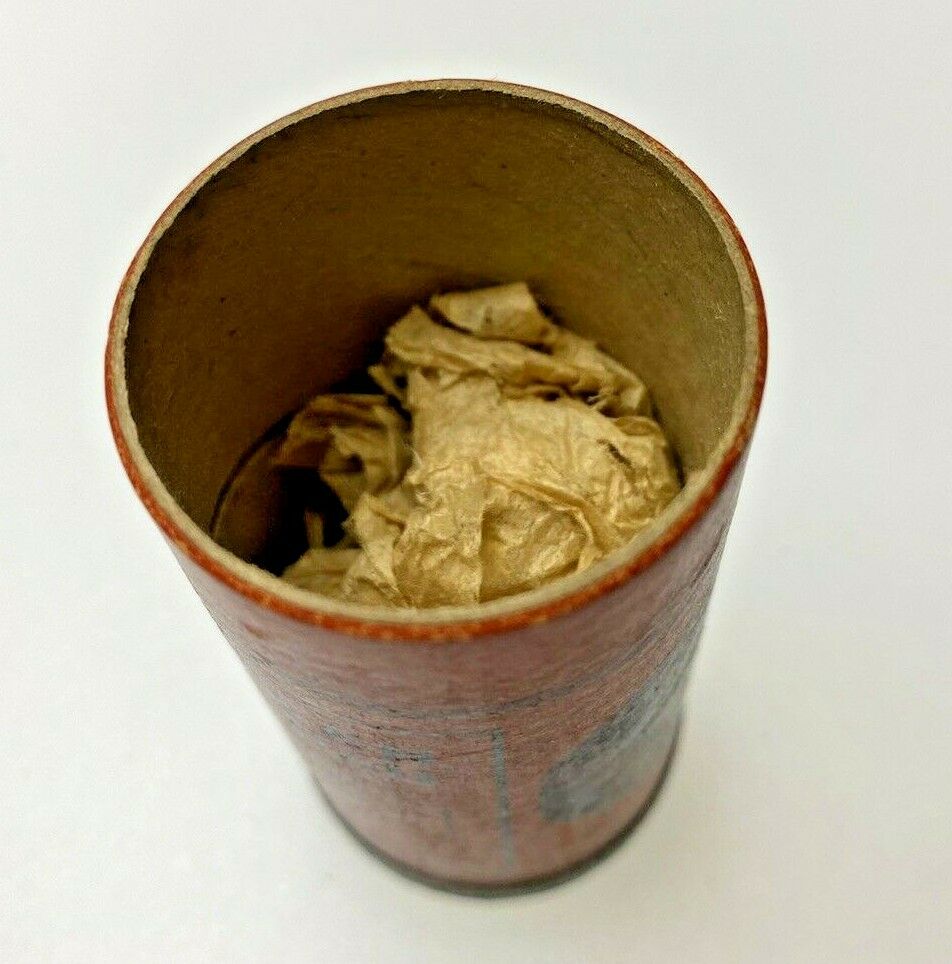-40%
1918 Skinderviken Transmitter Button Carbon Microphone Edison Rare Museum
$ 105.6
- Description
- Size Guide
Description
Wow! 1918 Skinderviken Transmitter Button Microphone Spy WW1 Gear Rare with partial packaging.You are bidding on a original Skinderviken button microphone.
The Skinderviken was designed to replace the original transmitter in telephone handsets. This may sound like a cheap knock off but Johan Skinderviken was awarded patent US1275776 on August 13th 1918 for the device. In his design the transmitter is directly connected to the diaphragm. A conical shell between them contains the carbon powder. He had filed the submission on November 7th, 1917... barely a year before the ads started appearing in electronics magazines.It was not his first telephone patent but his second, the former being granted in 1916. That one notes that he is a subject of the king of Norway, and resident of Chicago. In 1922 he sold the international rights to his button (retaining US and Canada) to Mikro Ltd.
In 1931 This text appears in Telephony Magazine:
"It was customary in the past to refer to the bridge back transmitter as standard. Since the advent of the Skinderviken Transmitter Button however, opinion has been passed in favor of this new type of transmitter, which operates on the principle of complete vibration. (i.e. the whole carbon chamber vibrates)"
The big advantage was that bridge back transmitter buttons operated at between 2 and 20 Ohms. The Skinderviken operated at 80 Ohms. That's about 75% less power. Today we'd list that on our LEED certification. Ads for the device can be found as early as 1919. The units were still in use a decade later becoming common-enough to appear in the parts lists of children's electrical projects.
So to start with, what is a bridge back transmitter button? Let's go back to 1878 and early carbon mics. It was known that if two conductors were in contact with each other, the increase of pressure between them diminishes their electrical resistance. In 1878, Thomas Edison exploited this behavior and came up with the the first practical variable resistance telephone transmitter. He called it a "Button transmitter."
It consisted of a mica diaphragm clamped an iron case. Over that is an ebonite cap mouthpiece. Applying pressure to the mica forms a vibrating cover to the chamber between the ebonite sides. In that space is carbon powder or lamp black. The amount of pressure on the carbon is adjusted by a set screw. Sound waves hit the diaphragm causing it to vary its pressure upon the carbon producing variations in the electrical resistance of the circuit. This is not a "button" in the touch-screen cell phone sense of the word.
Most sensitive
miniature
"spy" microphone in 1918.
Comes with the package shown. I do not have the lid.
You get exact item that is in the pictures.
Extremely rare. I don't think one of these have ever been for sale ever, much less with some of the original packaging.
Contact me if you have any questions. I will accept a reasonable offer. Thank you
Selling as is as shown. Untested. No returns. Selling for Parts or Display only. Condition unknown.
Check out my other auctions for more 20's, 30's, 40's, 50's Antique Radio parts, components, and pieces.
SATXHQ has just purchased a huge lot of Antique Radio Parts and old inventory from a Very Old Antique Radio Repair Store!
Some used, some unusual items for parts or display and some new in the box. Lots of Air Capacitor Tuner Coils Resistors Test Equipment and parts and cables connectors knobs pointers tubes and new tube sockets Cinch a few antique tube radios for parts or repairs some vintage ham radio items Chicago Lots and Lots of Bakelite knobs buttons parts and pieces of aluminum and copper shielding from the 1950's.
All items sold as-is condition unknown condition unless stated working. No returns.
I will be listing items daily so check back frequently, because once it's gone it's gone.



















